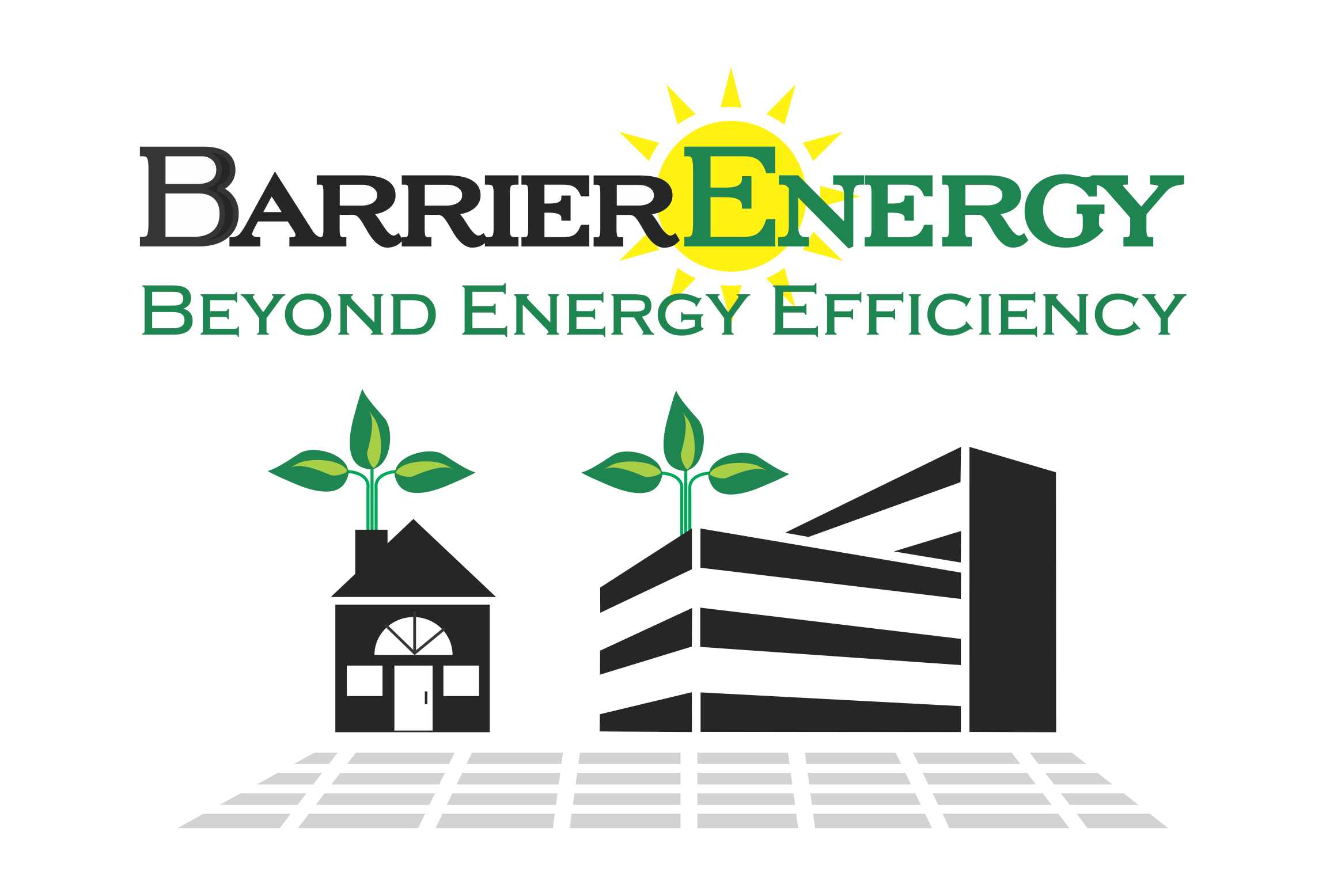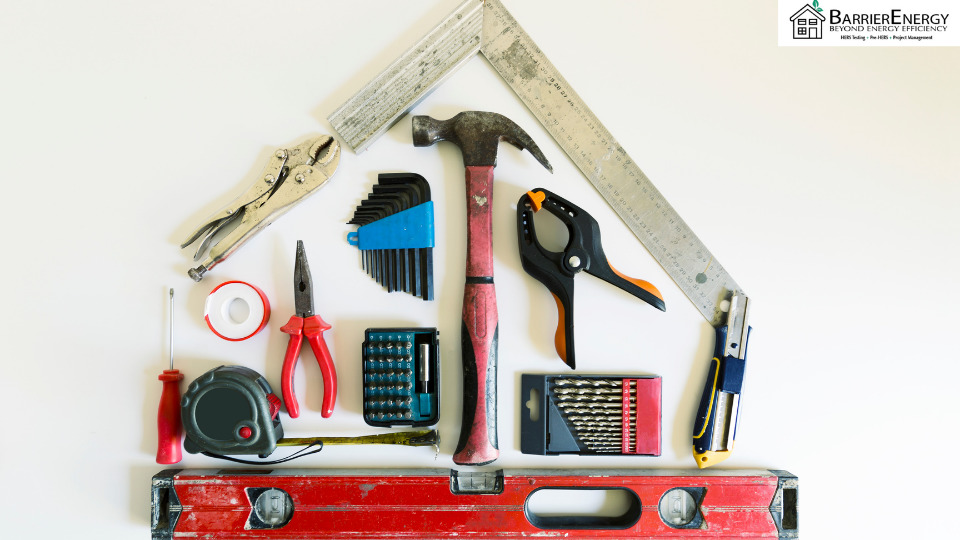Challenges to Energy Efficiency
There are many ways to become more energy efficient. Either through home improvements, vehicular changes, renewable investments, etc. As building efficiency inspectors, we will focus on real estate improvements. The benefits of energy efficiency are clear. Benefits include reduced energy bills, energy security, and even the ability to generate income. But, does everyone have the same capabilities to make this transformation? Currently, many are dependent on mega-systems and the whims of electric companies. With many people making a little more than enough to get by, any extra costs could be too much strain. Since states like California are beginning to require energy-efficient buildings, they are also addressing energy inequity through assistance programs to help people make this transition.
Renewable energy improvements usually involve down-payments or other associated costs. While programs like PACE (property-assessed green energy) and EEM (energy-efficient mortgage) are viable options to save money for higher-income households, they might not be as feasible for low-income households. High-interest rates, no guarantee of exact savings, and inability to pay back the loan are some reasons these programs can be risky. So, let’s take a look at some alternative options that make energy efficiency possible.
Low-Income Energy Efficiency Assistance
In California, there are some energy efficiency assistance programs that require little or no money down. First, you can apply for the ESA (Energy Savings Assistance Program) if you fall below certain income requirements or have other forms of hardship. Simply, this program provides no-cost efficiency upgrades for those who qualify. These repairs are focused on reducing air and heat transference. You can apply through your utility or the California Public Utilities Commission website.
Another option is LIHEAP (Low Income Home Energy Assistance Program). In some emergency instances, you can qualify for assistance on energy bills. This program also offers certain free energy efficiency upgrades, especially when health and safety are at risk. Additionally, they offer education on efficiency practices and how to maintain upgrades. For those in need, you can even get energy budget counseling. Eligibility is based on income and other criteria.
The third and final assistance option I want to bring to your attention is CARE (California Alternative Rates for Energy Program). Applicants must meet certain income requirements. Eligible households can receive 20%-35% off of their utility bills. Usually, if you are receiving govt. assistance in another form, you can qualify. For households that don’t meet the strict income requirements, the FERA Program (Family Electric Rate Assistance) offers lesser discounts. These programs go hand in hand. While this program doesn’t directly support energy efficiency, it can make it possible for some to save money and make upgrades in the future.
At BarrierEnergy we are dedicated to educating homeowners on energy efficiency. We want to help make improvements possible for homeowners, in any way we can. For further assistance with these programs, we would love to help point you in the right direction. Give us a call at 888-383-HERS (3477) or visit our website.


Recent Comments